The anti lock-braking-system market is currently characterized by a dynamic competitive landscape, driven by technological advancements and increasing safety regulations. Key players such as Bosch (Germany), Continental (Germany), and Denso (Japan) are at the forefront, each adopting distinct strategies to enhance their market positioning. Bosch (Germany) emphasizes innovation through substantial investments in R&D, focusing on integrating advanced driver-assistance systems (ADAS) with anti-lock braking technologies. Meanwhile, Continental (Germany) is pursuing strategic partnerships with automotive manufacturers to co-develop next-generation braking systems, thereby enhancing its market reach and technological capabilities. Denso (Japan) appears to be concentrating on regional expansion, particularly in North America, to capitalize on the growing demand for safety features in vehicles, which collectively shapes a competitive environment that is increasingly reliant on technological prowess and strategic collaborations.
In terms of business tactics, companies are localizing manufacturing to reduce costs and optimize supply chains, which is particularly relevant in the context of fluctuating global trade dynamics. The market structure is moderately fragmented, with several players vying for market share, yet the influence of major companies remains substantial. This competitive structure allows for a diverse range of products and innovations, fostering an environment where companies must continuously adapt to maintain their competitive edge.
In October 2025, Bosch (Germany) announced the launch of a new anti-lock braking system that integrates AI-driven predictive analytics to enhance vehicle safety. This strategic move is significant as it positions Bosch as a leader in the integration of AI technologies within braking systems, potentially setting a new standard for safety and performance in the automotive industry. The incorporation of AI not only improves braking efficiency but also aligns with the growing trend towards smart vehicle technologies.
In September 2025, Continental (Germany) entered into a partnership with a leading electric vehicle manufacturer to develop a bespoke anti-lock braking system tailored for electric vehicles. This collaboration is crucial as it reflects Continental's commitment to adapting its product offerings to meet the unique requirements of the rapidly evolving electric vehicle market. Such strategic alliances are likely to enhance Continental's competitive positioning and drive innovation in braking technologies.
In August 2025, Denso (Japan) expanded its manufacturing capabilities in the U.S. by investing $50 million in a new facility dedicated to producing advanced braking systems. This investment underscores Denso's strategy to bolster its presence in the North American market, responding to the increasing demand for high-performance safety systems. By enhancing local production, Denso aims to improve supply chain reliability and reduce lead times, which are critical factors in maintaining competitiveness.
As of November 2025, the competitive trends in the anti lock-braking-system market are increasingly defined by digitalization, sustainability, and the integration of AI technologies. Strategic alliances are becoming more prevalent, as companies recognize the need to collaborate to innovate effectively. Looking ahead, competitive differentiation is likely to evolve from traditional price-based competition towards a focus on technological innovation, enhanced supply chain reliability, and sustainability initiatives. This shift indicates a transformative phase in the market, where companies that prioritize innovation and strategic partnerships will likely emerge as leaders.


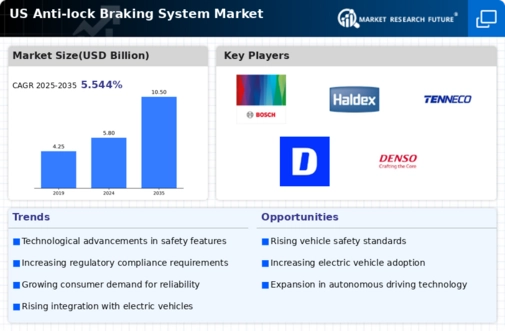
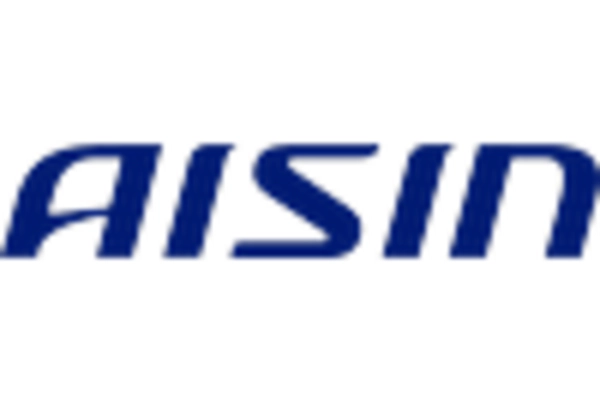


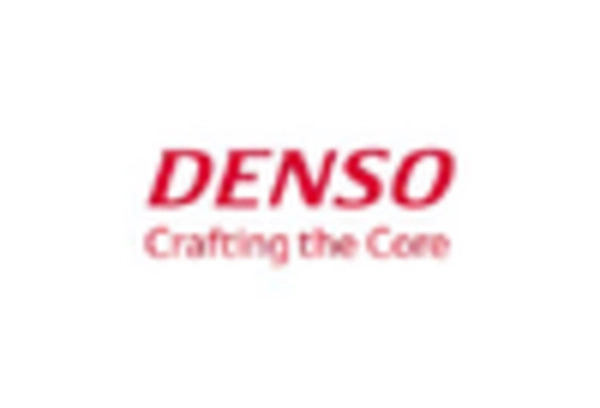
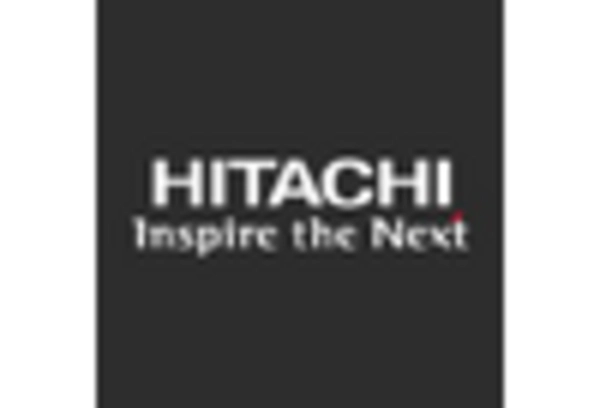
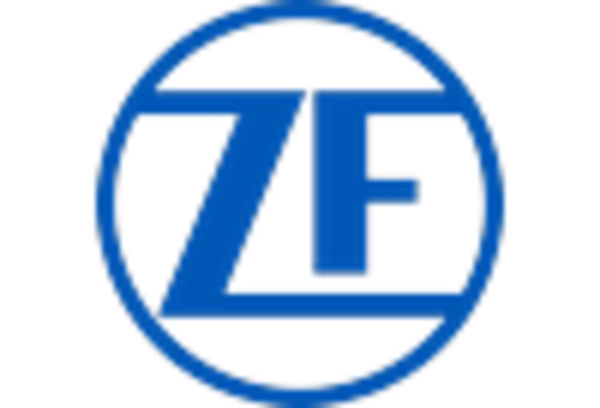








Leave a Comment